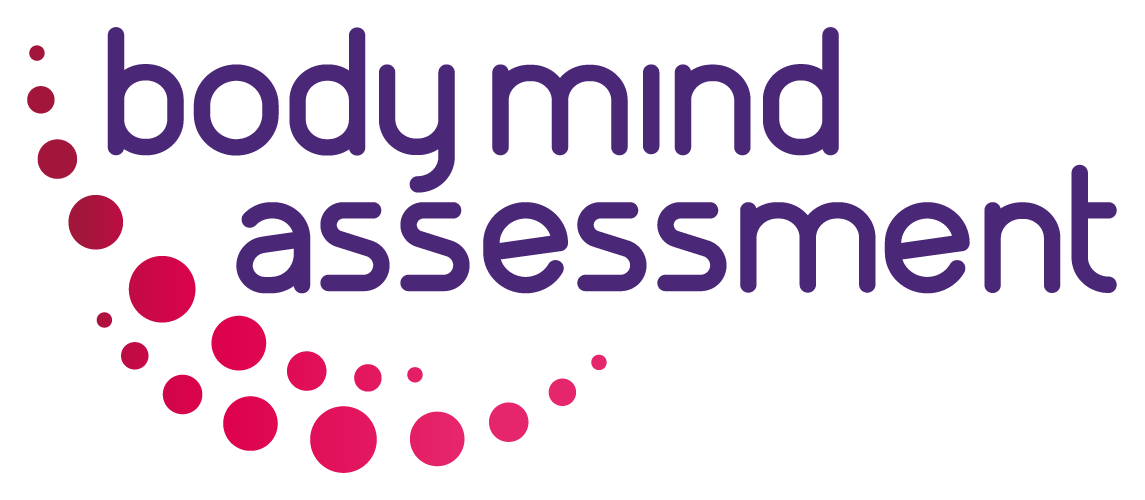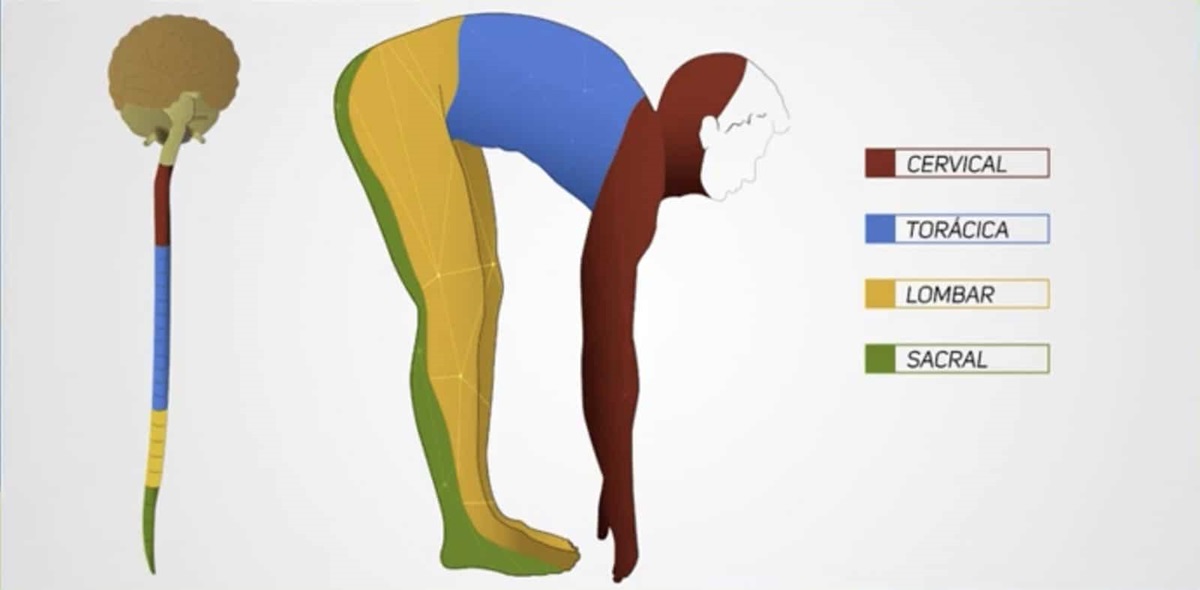For those who are beginning to study character structures and how they develop, understanding myelination is a fundamental step. Understanding the myelination process is fundamental to understand the development of our nervous system.
When we are born, our nervous system and millions of neurons are already present in our body; however, they do not yet have the myelin sheath. This sheath is a layer of fatty tissue that surrounds the axon. In addition to protecting the axon, it also increases the speed of electrical impulses in the nervous system.
Our nervous system is like an electric system that carries information from one neuron to another. When the wires are exposed, the information can “leak” and therefore becomes slower. But when it is covered by myelination, it becomes much more efficient.
The myelination of the spinal cord happens from top to bottom. That means it starts in the brain and ends in the lower parts of the spine. To better understand it, you can imagine an exposed wire that runs from the brain to the hips, and myelination gradually covers this wire during the initial months and years.
When this happens, the information that travels through the spinal cord becomes more intense and brings us greater control over our body and new sensations over time.
Notice that when a baby is born, they are quite “floppy” and gradually become more firm over time. First, they gain control over their arms, then they learn to sit, and eventually, as they grow, they start walking. This progression occurs thanks to myelination.
What is the relationship between myelination and character structures?
When the “wires” in our body are covered, they can perform new functions: thinking, speaking, influencing, resisting, and acting. Let’s see how these functions connect to each part of the body in the order of myelination: the brain thinks, the mouth speaks, the arms point, the hips resist, and the legs move to take action.
As you experience sensations throughout your life, a type of “pain” arises that is not physical but affects our emotions and our mind. This pain is created to protect us by keeping us away from negative stimuli. In each phase of myelination, a different kind of pain is formed, and they are connected to character structures.
There isn’t one character structure that is better than another, but rather variations with their own strengths and weaknesses. All of us, in fact, develop the 5 character structures during the myelination process, but each person will have a unique combination that forms their identity.
Schizoid character structure
What happens in the formation of the schizoid character structure, for example?
Myelination occurs in the head region, especially in the brain. It serves as the foundation for capturing information and sensations from the entire body in the future. The baby begins to think and feel, although in very “basic” ways compared to an adult or even a child, but their brain is active and generating meanings about the world.
The pain of this first character structure forms when the mother is pregnant and experiences difficulties such as health issues, family loss, job loss, relationship conflicts…
Even if the mother is crazy about her child and desires them with all her heart, the baby can still feel “unaccepted” in the womb. The uterus becomes colder and stiffer, contrary to the ideal (warm and soft), restricting the child’s freedom of movement.
In this case, the baby, instead of directing energy throughout the body, will focus on energizing the mind. As a result, they will move less in the mother’s womb, concentrating all their strength in the head. Consequently, the characteristics may include underdeveloped muscles, apathy, reduced display of affection, and a tendency to daydream.
Their strengths lie in a greater appreciation for ideas, seeking environments where they can express themselves and gain recognition through creativity and logical thinking. They require acceptance and support, as their pain stems from rejection: feeling that the world (as a reflection of the cold and rigid womb) does not want them.
Myelination of the oral character structure
The baby is born, and myelination continues.
They will gain greater control over the region of the mouth and neck, as well as begin to control their arms. Their primary interaction with the world is through the mouth: most of the time they are awake, the baby will either be crying or breastfeeding.
Now, in the first few months, the child relies on the parents for everything. When mom or dad take too long to change the diaper, feed, or show affection, the baby may develop feelings of neediness. This is normal because, after all, adults also need to take showers, eat, work, and attend to their own needs.
Myelination, which occurs in the neck and mouth area (hence the term “oral”), makes stimuli in this region very pleasurable, and they can help fill the inner void. In adulthood, it is common to see people with the oral character structure seeking food, drinks, cigarettes, and other things to keep the mouth occupied when they are in emotional pain.
Since myelination occurs in this area before speech development, individuals with an oral character structure may experience some difficulties in verbal expression. It is common for them to cry excessively or feel that they can’t fully express themselves, for example.
The psychopathic character structure and myelination
Now, myelination progresses towards the region of the spine between the arms. This is when the baby starts to become more stable and gains control over their own torso. They can assist their parents in dressing, for example, and they will also be able to crawl.
The child begins to point at everything they desire, expecting mom, dad, or anyone else to bring it to them. It is no wonder that this character structure believes they can relate better to others by influencing and negotiating.
This is not necessarily a bad thing; it is a skill, just like others. Notice how the Oral character structure is different from the Psychopath, for example. While one seeks to please others to avoid abandonment, the other seeks exchanges to avoid manipulation.
This pain – the pain of manipulation – arises because it is also at this age that the baby begins to better understand their relationship with the world and realize that parents can become happy or upset depending on their actions.
When negotiating, they may offer you good experiences, but they will expect something in return to prove that people are not taking advantage of them. Their body is characterized by large, open arms that seek to conquer territory towards others. In their resource, they enjoy managing situations to ensure that everyone benefits in the relationship.
Masochist character structure myelination
When myelination reaches the lumbar region, the experiences that form the masochistic character structure occur.
Something interesting at this stage is that the child begins to control their bowels. They learn to hold it and use a potty because that’s what mom and dad want to see. It is also when the child develops strength to sit without falling, supporting their weight on the hips, and gaining more autonomy to play and interact with the world.
As a reflection of this, the masochistic character structure forms. They tend to hold a heavy burden, being the person who silently suffers and carries the weight of the world on their shoulders. This, of course, can bring a lot of pain as their emotions remain trapped. When they reach their resource and can use their character structure positively, the masochist enjoys administration, procedures, and rules. They are the right person to ensure that a project becomes a reality.
The rigid character structure and myelination
Finally, myelination reaches the base of the spine, and here the biggest dilemma in the baby’s life is realizing that they are part of a trio, with mom and dad or with mom and stories about dad. The problem is that in this trio, they find themselves as the weakest link: they arrived later and don’t have a partner.
The pain here is the feeling of being replaced. Those with a strong rigid character structure may compete for everything and seek approval, avoiding this sense of being replaced. It is very difficult for them when they don’t receive attention, especially when that attention is directed towards others.
Their tool is action. The rigid person goes after what they desire and doesn’t need orders or reasons to do so. They are a person with a lot of energy who achieves results. This active mode also connects to myelination since its final phase gives us control over our legs: it allows us to stand up and go after what we want.
Conclusion
The process of myelination is a key concept to understand how our bodies prepare us for life, enabling positive experiences and sensations. The formed character structures are not exclusive or homogeneous, as each person will have a unique combination of them, and a unique personality.
If you have a predominant oral character structure with a strong rigid character structure, for example, you can be very different from someone who has a predominant oral structure but also has a pronounced masochistic character structure. Each character structure is defense mechanism that was very important to us. The phases of this process created wounds and superpowers.
They are:
- Schizoid – Rejection wound, gains creativity, logical thinking and reasoning;
- Oral – Abandonment wound, gains communication, connection and empathy;
- Psychopathic – Manipulation wound, gains influence and negotiation;
- Masochistic – Humiliation wound, gains strength and organization;
- Rigid – Betrayal wound, gains proactivity and execution.
Next steps
Would you like to learn more about your myelination and the structures it has formed? You can also read about the schizoid, oral, psychopathic, masochist, and rigid character structures.
We are a mix of five character structures with different intensities. Brazilian researchers created a method to measure the percentage of each structure in individuals. After finding out your combination, you will understand what problems you’ve been facing and how to solve them. You will receive clear instructions on how to manage and soften your character structures to make better decisions.
You will learn how to use your gifts to build a happier and healthier life. Schedule your free discovery session now.






